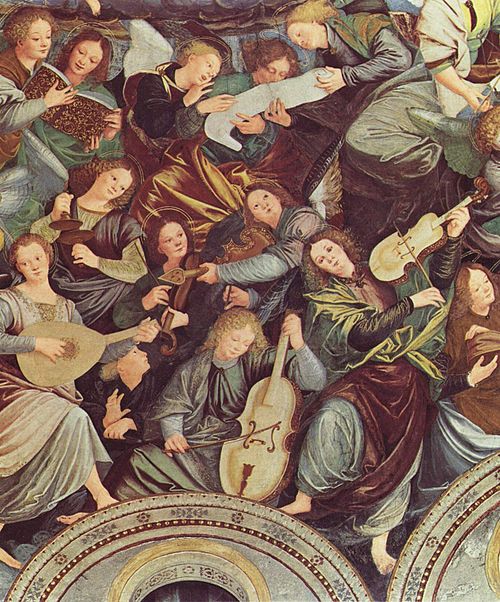
Intelligence Methods Used by the Culper Ring – Part 1: Invisible Inks

America’s first spy organization, the Culper Ring, couldn’t have been as successful as they were during the American Revolution without some cutting-edge (for the time) tricks of the trade. They used ciphers and codes, invisible inks, signals, and drop locations for getting key information to General Washington. In the next few articles, let’s take a look at each of these devices and how the Culpers put them to use.
Invisible Inks
Invisible inks have long been used by intelligencers as a way to keep correspondence secretive, and the Culper Ring was no exception. As long as people have had secrets, they’ve come up with ways to conceal them, and invisible ink has been around as long as paper. In fact, you could create a few rudimentary invisible inks right now, with items in your own kitchen! See my article on the experiment I did while writing Ring of Secrets here for a little kitchen-ink fun.
As fun as these household invisible inks are to play with, they weren’t actually very useful to real intelligence, for one simple reason: they are all developed with heat, which means anyone with a candle can unveil the secret message. No exactly secure.
What the Culpers needed was a formula for ink specific to them, with exactly one counter-agent to develop it. And that’s exactly what they ended up with.
The Sympathetic Stain
The ink was called “the sympathetic stain.” Historians still don’t know exactly what it was, though they have a good idea of what some of the ingredients were based on notes found about the difficulties in procuring them. John Jay and his brother came up with the formula for this stain–and the first time it was used was when said brother wrote a letter of warning from England when that nation was gearing up for war.
A sample of the agent and counteragent were sent to General Washington, who quickly saw how useful it would be. This stain could be developed only by a very particular reagent, which meant that only the people to whom they’d given the chemicals could ever, ever develop a message. You couldn’t just stumble upon it or make it visible with heat. And because of that, letters written in the stain were very secure.
The downside was that the stain was difficult to make, the ingredients hard to come by. That made it precious. So precious, in fact, that some of the Culpers were afraid of running out and so did not use it on some key correspondence–and got wrist-slapped by Washington for their efforts at conservation.
How to Use Invisible Ink
A key for using any invisible ink was placement. First one had to write a regular letter in traditional ink, so that it wouldn’t look suspicious. But one must, to put it in modern terms, make it double-spaced. There had to be enough room between lines to write one’s hidden message as well. The sympathetic stain, prior to its developing, was a pale yellow, the color of straw, and it dried to be completely invisible. But even when wet, it was difficult to see when writing with it. One must be very careful, too, to keep any of the stain from crossing over the irongall ink of the decoy letter—it would cause telltale runs in the traditional ink, which was a flashing sign to anyone on the hunt for invisible messages that one was contained in there.
A traditional quill pen was used to write with the stain. You needed the highest quality paper for it to work well on, and it must be new. Otherwise the paper began to yellow, and the ink—which was a light brown when developed—wouldn’t show up. To make it even trickier, intelligencers must use just the right amount of reagent to develop it. Too much would wash away the ink, too little just wouldn’t make it reveal. The tool of choice for this application was a paint brush; a traditional quill pen could be used for the initial writing.
Code Name
The code name for this stain was “medicine,” and the Jays shipped it to Washington in a medical supply box. Had anyone intercepted it, it would have looked like any other vial of liquid medication.
But it wasn’t. It was the agent that allowed key information to pass to the Patriot army. Information that helped the Patriots win their freedom in the Revolution.


























































 Roseanna M. White is a bestselling, Christy Award winning author who has long claimed that words are the air she breathes. When not writing fiction, she’s homeschooling her two kids, editing, designing book covers, and pretending her house will clean itself. Roseanna is the author of a slew of historical novels that span several continents and thousands of years. Spies and war and mayhem always seem to find their way into her books…to offset her real life, which is blessedly ordinary.
Roseanna M. White is a bestselling, Christy Award winning author who has long claimed that words are the air she breathes. When not writing fiction, she’s homeschooling her two kids, editing, designing book covers, and pretending her house will clean itself. Roseanna is the author of a slew of historical novels that span several continents and thousands of years. Spies and war and mayhem always seem to find their way into her books…to offset her real life, which is blessedly ordinary.